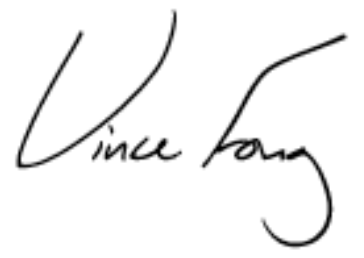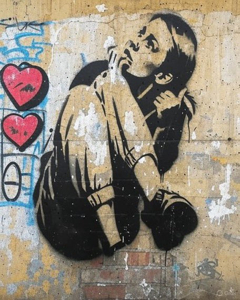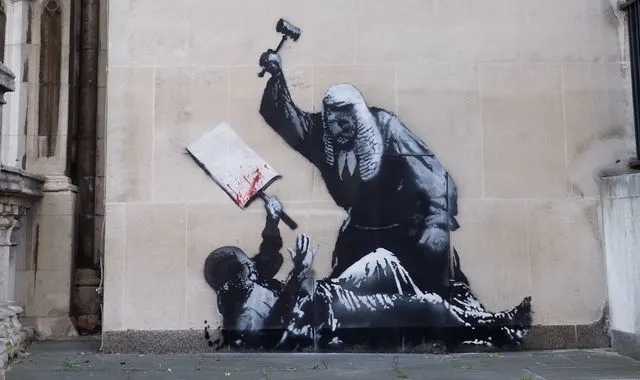Truline Corporation was a manufacturer of printed wiring boards in Visalia, California. People tend to call them printed circuit boards but technically they are mostly all printed wiring boards. They are wires, and rarely are they in a pattern that affects the electrical operation of the circuit. Anyway….
I started working there in the spring of 1980, in the drilling department. I spent several years in copper electroplating and eventually worked my way up to “engineer”. That job involved taking the customer’s blueprint and artwork and creating a Work Order (W.O.) that the factory used to build the order. But I’m jumping ahead.
At Truline, I’d started out as a driller. We’d take the artwork, tape it to a flatbed, and then guide a table riding on dual rails (an XY table) over the artwork. The table held four small electric drills, one on each corner. Where there was a pad on the artwork, I’d align the scope (an angled mirror) and tap the foot pedal. The foot pedal would engage pneumatic locks on the rails, and drop the spinning drills into the PCB material. We’d stack the copper-clad PCB fiberglass four stacks high. With one foot tap, I would drill sixteen circuit boards.
Later, I ran the “programmer” which still used a flatbed and taped artwork, but had finger spinners. As I spun them, the XY table moved, this time floating on air bearings and driven by dual leadscrews. Instead of physically drilling the holes, it put the X Y coordinates on a paper tape. This was G-Code, although I didn’t really do any language work (yet). Once in a great while, I tapped the foot pedal an extra time, and then had to go back and manually slice the errant code out of the paper tape (and then glue the tape back into a continuous strip). Man I don’t know why so much of my early (electronic) computer programming recorded the data on punched paper. The paper tapes were stored in clear plastic boxes that looked like movie canisters. When it came time to drill the panels, I (or someone else) would load the paper tape into an Excellon Automation drill and drill the panels complete with automated bit changes and robotic speed.
Later I was on the router / profiler machine, and with it I actually did write G-Code to move the router bit around to carve the circuit board out of the panel. It was very much like programming an ink pen-plotter – we had one in the engineering department at the junior college, which I’d gotten to put a plot on, using FORTRAN. Programming the G-Code to run the router bit around the panel, cutting the individual boards out, was fun. Every once in a while, we’d get one with unusual curves or cutouts.
Later I ended up as the “Engineer” at Truline and started composing Work Orders. All the W.O.s were a photocopied piece of paper made from the master (blank) form. It would have a section for every operation we could perform in the factory, and I crossed out the parts that we didn’t need. I wrote in numbers or text where the build needed things specified. The first line, I think, was (for example) “2 x 8” for a panel two circuit boards wide and eight tall, and a specifier if it was single-sided or double-sided copper clad fiberglass. The thickness of the material was there too. Later, when IBM had standardized the physical dimensions for ISA add-in cards, we did a lot of “1 x 8” panels. When ISA boards got shorter, we started doing “2 x 8” panels, which was better because when it came time to silk-screen the solder mask (the green stuff you see), we only needed one silk screen image. After the screen printers applied the mask, they put a rack of panels in an oven. Once baked on, they’d pull the panels out, flip them over, and screen the backside of the panel with the same screen as the front side, since the boards were mirrored on a panel.
As best as I can recall, here were the operations on the W.O. form:
- Raw material – slicing copper clad fiberglass into panels.
- Artwork – a copy of the customer’s original artwork was burned to a clear plastic sheet.
- Drilling – the panels got drilled wherever a pad on the artwork needed a hole.
- Imaging – the drilled panels got laminated with a photosensitive film (photoresist, we called it). The artwork was laid down over the panels, with the pads being aligned with the holes – then it was put in a ultraviolet curing machine. The artwork was pulled off and used again for the next panel.
- Copper electroplating
- First, the cured panels were put in a detergent bath, and everywhere the photoresist was not cured, it was washed away. The outside edge of the panel was left uncured, and the photoresist washed away.
- Second, the panels were screwed into titanium racks on their outside edge. The screws would later conduct electricity.
- Third, was a chemical process to coat the inside of the holes with palladium metal.
- Fourth, the racks were put into a copper and sulfuric acid bath, with bubbles, and the top of the racks screwed onto the electric rails. Copper plating would increase the thickness of the traces and the insides of the holes, wherever the photoresist let the bath reach.
- Fifth, the racks were moved from copper electroplating to tin/lead solder electroplating.
- Etching – the photoresist was dissolved and washed away, leaving thick copper traces (with a solder coat) sitting on the panel with the thin clad copper on the fiberglass. A machine sprayed pure ammonia vigorously on the panels, etching away the thin copper cladding but leaving the thick traces behind.
- Reflow – the panels were put through a quartz oven (on a conveyor belt), and the solder was melted.
- If the board needed gold fingers, we’d electroplate nickel and then gold. This might mean slicing the panels into sub-panels so that only the edge of the board with fingers got submerged in the nickel and gold bath.
- Soldermask – the panels were sent to the screen printing department, where another piece of artwork was used to make a silkscreen mask. The liquid soldermask material was laid down over the traces and everything, and then baked.
- Screenprinting, redux – this time, another artwork mask was used to put white paint on top of the freshly baked soldermask. (Sometimes a board did not need soldermask, but did want the paint – that would be black, because the fiberglass was a pale yellow).
- Routing – a panel (or stack) would be mounted in the router/profiler, and a router bit would carve the outline of the board, freeing it from its panel.
- Finishing – boards got their edges sanded and buffed. Some customers asked us to install hardware (standoffs and such).
- Quality Control – a set of eyeballs inspected every board.
- Shipping – the paper form got the numbers of units that passed inspection. Some customers wanted the overage if more boards passed inspection than they ordered; others did not. If it was a repeat order, we’d save the leftovers for their next run.
Some sections on the Work Order would get crossed off – “X” scratched through them to mark them as steps not to do. For example, a single-sided board did not need the holes filled with palladium (and palladium was more expensive than gold). Single-sided boards usually didn’t get soldermask, but they did get screen printed with the labels of which parts go where.
Later, we added multi-layer boards. That was impressive. There was a whole Imaging → Copper electroplating → Etching process for all the interior layers. Later, they would be put into a heated press with impregnated uncured fiberglass cloth in between layers. The layers had to be aligned and pinned together to not shift during pressing, but had to be baked into a solid sheet at high heat and pressure. Drilling came after the multilayer press, because the holes needed that palladium coating to let the copper electroplate thicken up the hole wall. Since there weren’t holes to align to, the Imaging process used targets on each layer at the outside edges for alignment and pinning.





